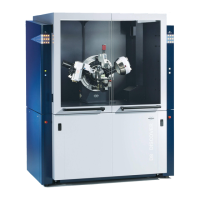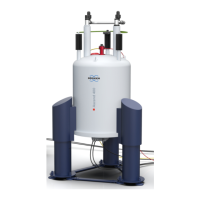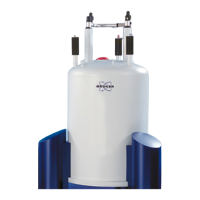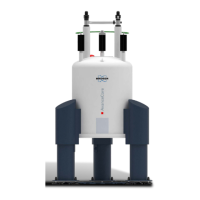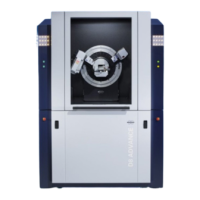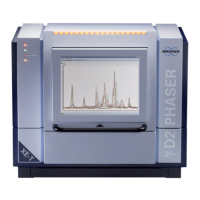Utility Requirements
H157654_9_011 75 / 120
• O
2
level sensors: Oxygen level sensors are required to detect low O
2
levels within the
laboratory for each system. One sensor is needed above the magnet for detecting low O
2
levels due to He gas exhaust in case of a quench or during He fills. An additional sensor
is needed close to the floor for detecting low O
2
levels due to N
2
gas exhaust during mag-
net cooling or regular N
2
fills. In case of placing the magnet inside a pit, a third sensor is
needed inside a pit to detect low O
2
levels from N
2
gas.
8.8.1 Emergency Exhaust Solutions
In many cases doors and windows will provide sufficient ventilation in larger rooms. It is im-
portant to compare the volume of helium gas that would be released after a quench and the
space volume of the NMR magnet room, in order to determine the optimum and practical so-
lution for emergency ventilation. In general it is recommended that an emergency exhaust
system be installed in smaller rooms, or rooms not connected to the outside. The following
exhaust solutions are recommended:
Passive Exhaust
This system is based on louvers in the ceiling, or upper parts of outside walls, that open up
due to the pressure of helium gas.
Active Exhaust
In addition, an active system based on a purge fan and exhaust duct close to the ceiling is
recommended. This way, adequate exhaust of cryogenic gases will be provided not only dur-
ing a quench, but also during the initial cooling of the magnet and regular cryogen refills.
Normally it is sufficient to operate this fan manually, as the probability of an unattended
quench after the installation is rather low.
If desired, this fan can be operated with an automatic switch:
• It may be connected to the O2 sensors so it turns on automatically when the O2 level
drops below the safety set point.
• It should be installed in addition to a manual switch.
• Measures should be taken to prevent it from being turned on during a fire.
Quench Pipes
This solution may be needed as a last resort solution when the laboratory is small and any
of the other options are not sufficient to ensure safety after a magnet quench.
This solution is based on a pipe connected directly to the magnet, which is then routed to the
outside of the building. It is important to note the following:
• The helium exhaust from the magnet should be vented directly to the outside of the build-
ing.
• The ducts should have sufficient diameter to avoid excessive pressure build-up due to the
flow impedance of the duct.
• The location of the exit end of the duct must not be accessible to anyone other than ser-
vice personnel. In addition the exit opening should be protected from the ingress of rain,
snow, animals, etc.
• It is also essential that any gas which vents from the exhaust duct cannot be drawn into
the air conditioning or ventilation system intakes. The location of the duct’s output should
be carefully sited to prevent this from happening during any adverse atmospheric condi-
tions and winds.
• Insulation of exhaust piping should also be provided to prevent cold burns and O
2
con-
densation during a quench.
